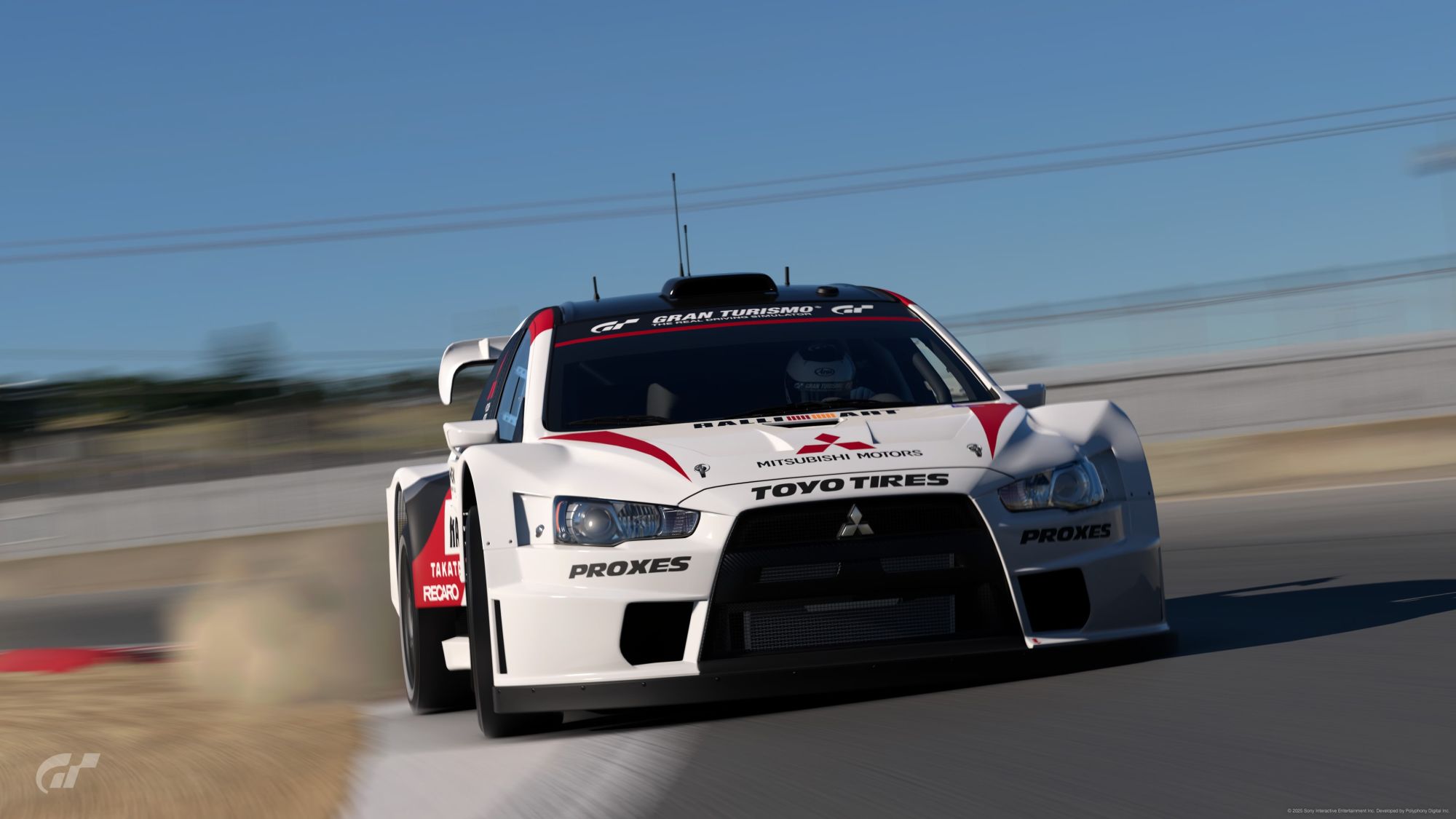
Vehicle suspension plays an essential role in the control and stability of high-performance vehicles. At the core of this system are the dampers that are responsible for controlling the springs movement and, in turn, balancing the entire vehicle. An understanding of the damping ratio, particularly compression and expansion damping, is a crucial aspect in the optimization of the vehicle handling and performance.
The Role of Dampers in Vehicle Suspension
Before addressing compression and expansion damping, let us first understand the function of dampers. Dampers, known to most as shock absorbers, act as a damper to absorb and dissipate energy. In a vehicle, they work in conjunction with the springs to control the rate of movement of the suspension from changes in carcass conditions and dynamics of movement in driving. Without Shock absorbers dampening (hence the name) the movement of the springs, cars would literally be undrivable, bouncing everywhere.
Compression Damping
Compression damping, for instance, refers to the amount of resistance the damper gives when it is compressed and the wheel moves upwards toward the body of the car in movements of the suspension. This aspect is critical in control of how the suspension treats bumps and impacts.
High Front Compression Damping
Purpose: Reduces Entry oversteer Effect: Increased front compression damping can make the car more stable in the entry part of a corner, stopping it from diving excessively. But will reduce rotation.
Low Front Compression Damping
Purpose: Reduces entry understeer Effect: Lower front compression damping keeps weight shift forward, decreasing entry understeer.
High Rear Compression Damping
Purpose: Reduces exit understeer. Effect: Increased stiffness in the rear suspension helps keep weight shift forward while accelerating, and hence reduces exit understeer, but at the expense of rear wheel traction.
Low Rear Compression Damping
Purpose: Reduces exit oversteer. Effect: Less resistance in the rear suspension keeps weight shift rearward while accelerating, and hence reduces exit oversteer, but at the expense of exit rotation.
Expansion Damping
Expansion damping or rebound damping refers to the amount of resistance the damper gives when it is extended, or lengthened. More commonly known as rebound damping. It controls the rate at which the suspension returns to its normal position after being compressed.
High Front Expansion Damping
Purpose: Reduces exit understeer Effect: Increased front rebound damping slows the front suspension's return, maintaining better front tire contact and reducing understeer on corner exit.
Low Front Expansion Damping
Purpose: Reduces exit oversteer Effect: Lowered front rebound damping enables the front suspension to return more quickly, shifting weight rearward, reducing oversteer during corner exits, at the expense of exit rotation.
High Rear Expansion Damping
Purpose: Reduces entry understeer. Effect: Increased rear rebound damping helps prevent excess body roll on corner entry, and hence decreases entry understeer.
Low Rear Expansion Damping
Purpose: Reduces entry oversteer. Effect: Reduced rear rebound damping allows the rear suspension to return to normal faster, preventing oversteer during corner entries. Balancing Compression and Expansion Damping The perfect control setting of compression and expansion damping rests in the right balance. For instance, too much damping on one results in chatter and a lack of grip on the other end. Due to this fact, rather than a set of general guidelines to be applied, an adjustment may be required in each car, and per driving scenario. The dynamics of handling, damping ratio, track conditions, and driving style should all be considered in the optimisation of the vehicle. Therefore, with a proper damping setup, the control of vibrations and movement gives a car the flexibility to change speed while retaining stability and without rolling or sliding in the corners of the track. In conclusion, understanding and adjusting compression and expansion damping ratios significantly improves vehicle handling characteristics. Whether it is reducing understeer or oversteer, enhancing stability, or optimising grip, the right damper settings are pivotal in achieving desired performance outcomes. As with all aspects of vehicle tuning, it is a delicate balance that demands experimentation and fine-tuning.
| Aspect | Purpose | Effect |
| High Front Compression Damping | Reduces Entry Oversteer | Makes the car more stable in the entry part of a corner, preventing excessive diving but reduces rotation. |
| Low Front Compression Damping | Reduces Entry Understeer | Keeps weight shift forward, decreasing entry understeer. |
| High Rear Compression Damping | Reduces Exit Understeer | Increases stiffness in rear suspension, helps keep weight shift forward while accelerating, reducing exit understeer but reduces rear wheel traction. |
| Low Rear Compression Damping | Reduces Exit Oversteer | Less resistance in rear suspension, keeps weight shift rearward while accelerating, reducing exit oversteer but reduces exit rotation. |
| High Front Expansion Damping | Reduces Exit Understeer | Slows the front suspension's return, maintaining better front tire contact and reducing understeer on corner exit. |
| Low Front Expansion Damping | Reduces Exit Oversteer | Enables the front suspension to return more quickly, shifting weight rearward, reducing oversteer during corner exits, at the expense of exit rotation. |
| High Rear Expansion Damping | Reduces Entry Understeer | Helps prevent excess body roll on corner entry, and hence decreases entry understeer. |
| Low Rear Expansion Damping | Reduces Entry Oversteer | Allows the rear suspension to return to normal faster, preventing oversteer during corner entries. |












